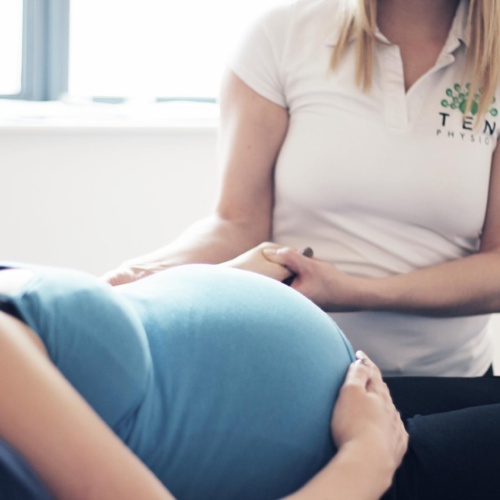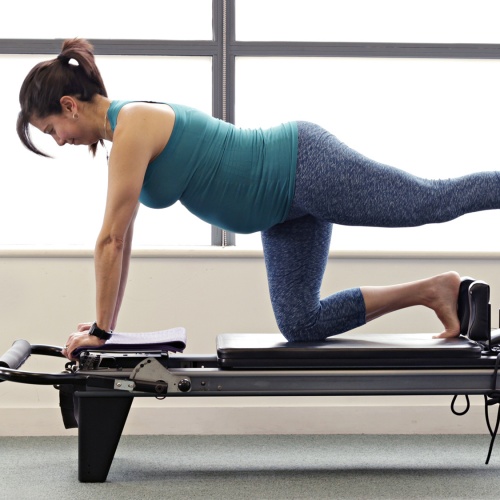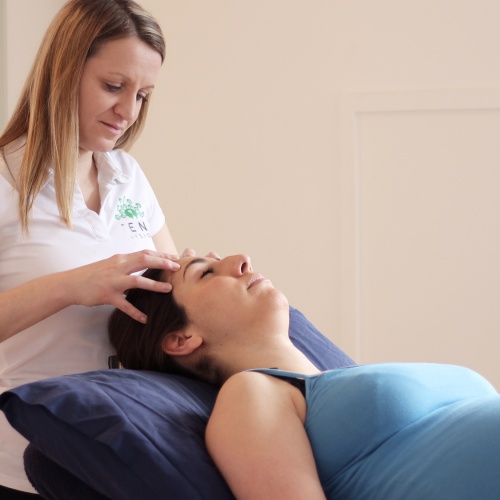When thinking about fitness during pregnancy, the immediate response is often to stop as soon as possible. If you’re pregnant and a little bit delighted because it’s time for you to sit back and eat for two, please reconsider. The second person you’re considering is very tiny and in little need of both a Chinese takeout and a pizza.
It is possible to put on too much weight in pregnancy and this can affect your health and your baby’s. Guidelines suggest an average of 3000 calories extra per day.
In most cases, once you have medical clearance from your GP, it is perfectly healthy, advisable even, to continue exercising. Exercise at a controlled intensity has been proven to reduce the length of labour and decrease delivery complications. It also helps to prevent back pain and improves your energy levels.
All good news then, but safety is always your primary concern.
So here are a few tips to ensure you are exercising safely:
– Keep your intensity under control. Make sure you’re not sweating as this is a sign that your body is overheating. Keeping well hydrated throughout helps to avoid this. I advise wearing a heart rate monitor and keeping an eye on it throughout.
– During pregnancy your posture changes which affects your balance. Try to avoid any exercise that involves any quick or sudden changes in direction.
– These postural changes can also be responsible for back and pelvic pain, so ideally the type of exercise you choose to do should address this. Pilates-based programs are specifically designed for analysing and correcting body posture. (Yoga and specific pre-natal group exercises are also good.)
– The most important muscles to strengthen at this time are your pelvic floor and bum muscles, both helping to stabilise the pelvis and limit that waddling gait.
With all this to think about it is worth considering bringing a qualified trainer on board. (If only so that you can let them worry about your pelvis position while you think abut baby names.)
Our PreNatal class
The PreNatal programme is specifically designed to biomechanically retrain your muscles to respond to the changes your body is undergoing throughout your pregnancy. By helping them activate properly and in the correct sequence, you will be able to cope more easily with the rigours of labour and childbirth, and the demands of the months to follow.





